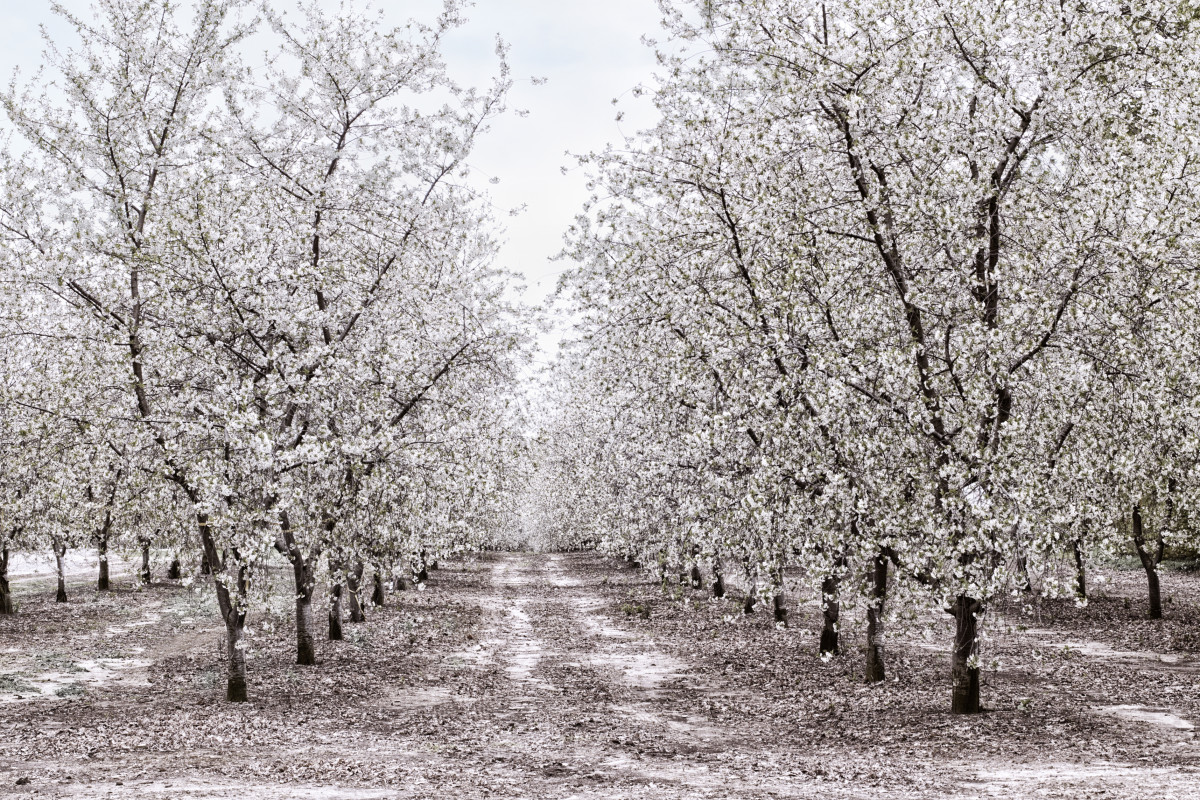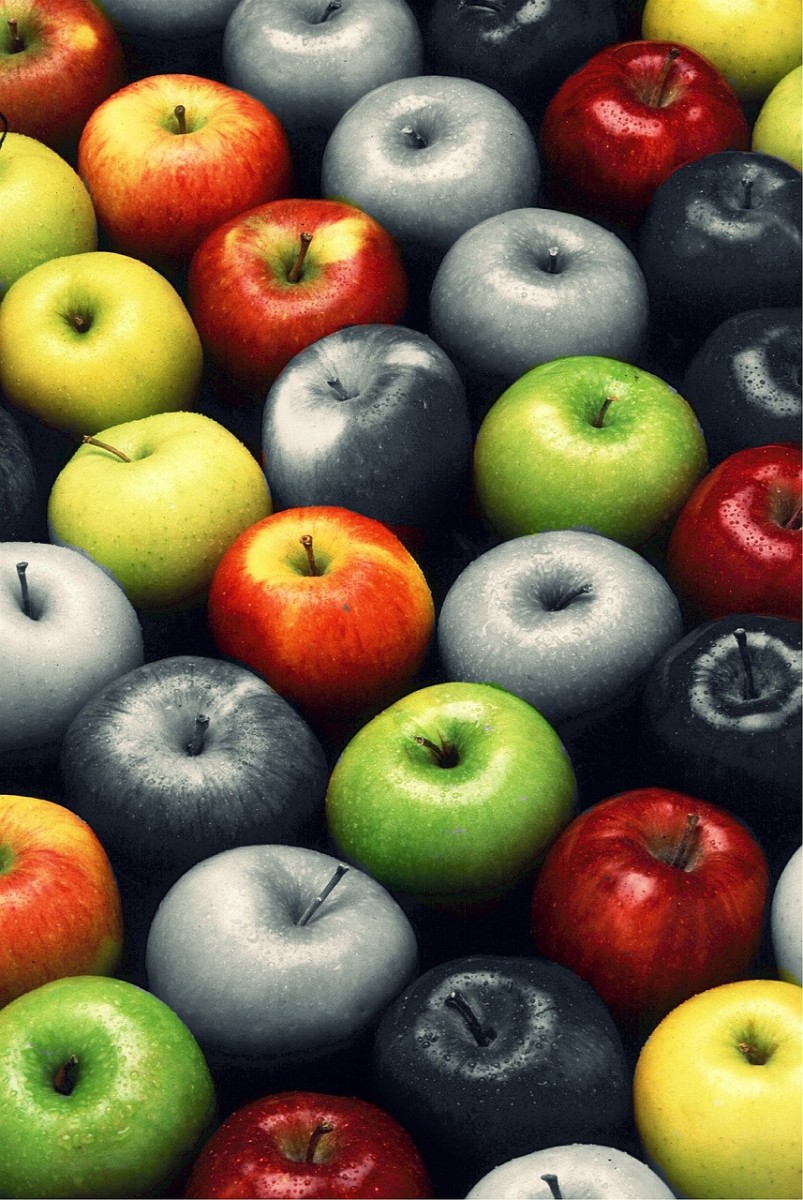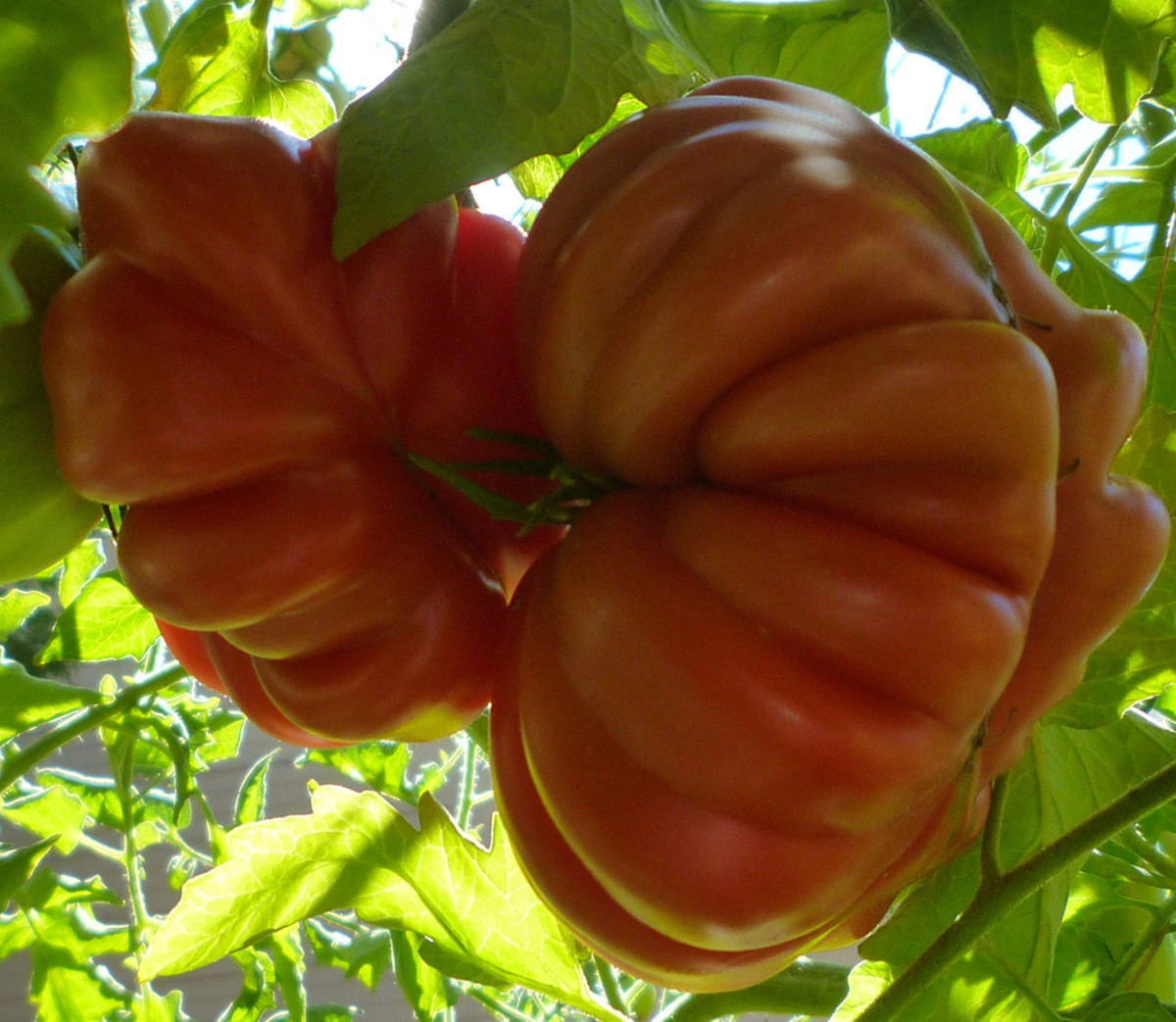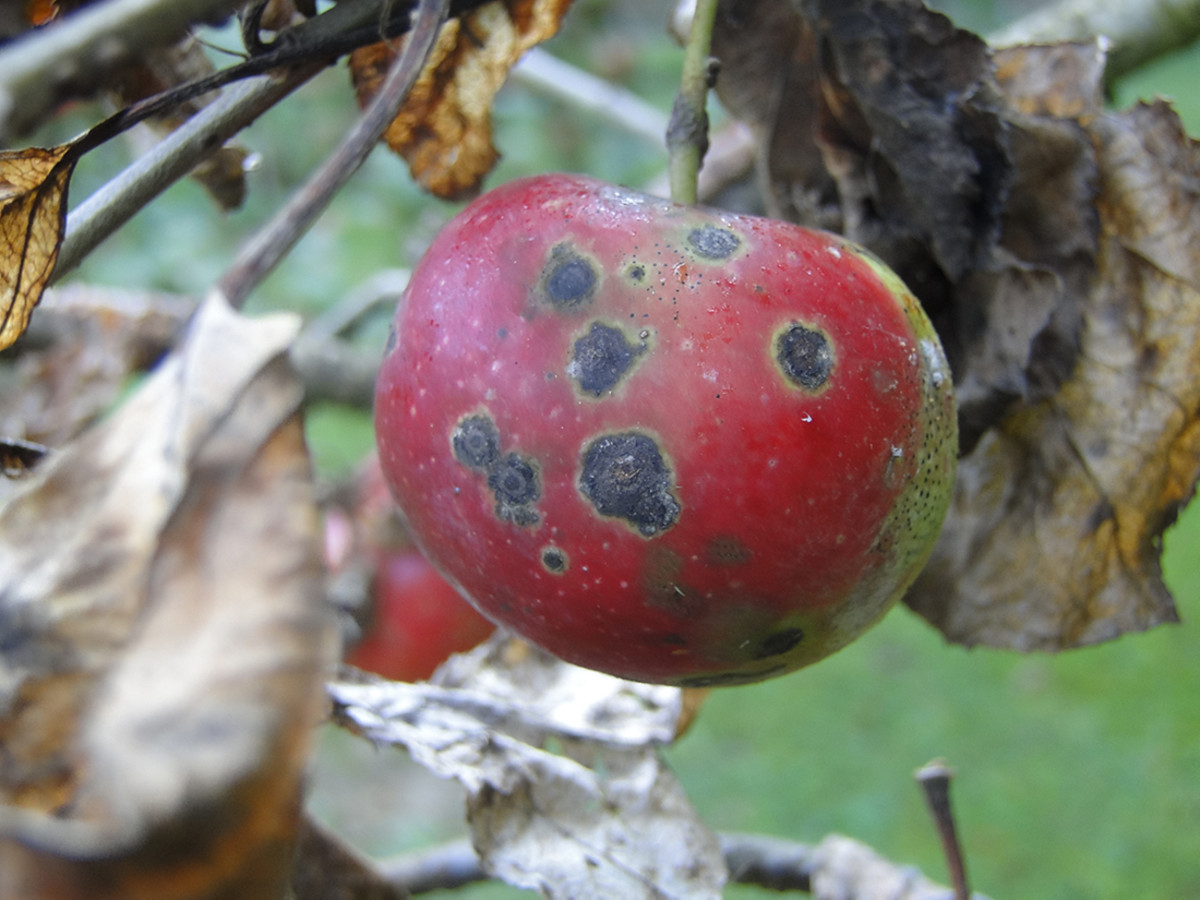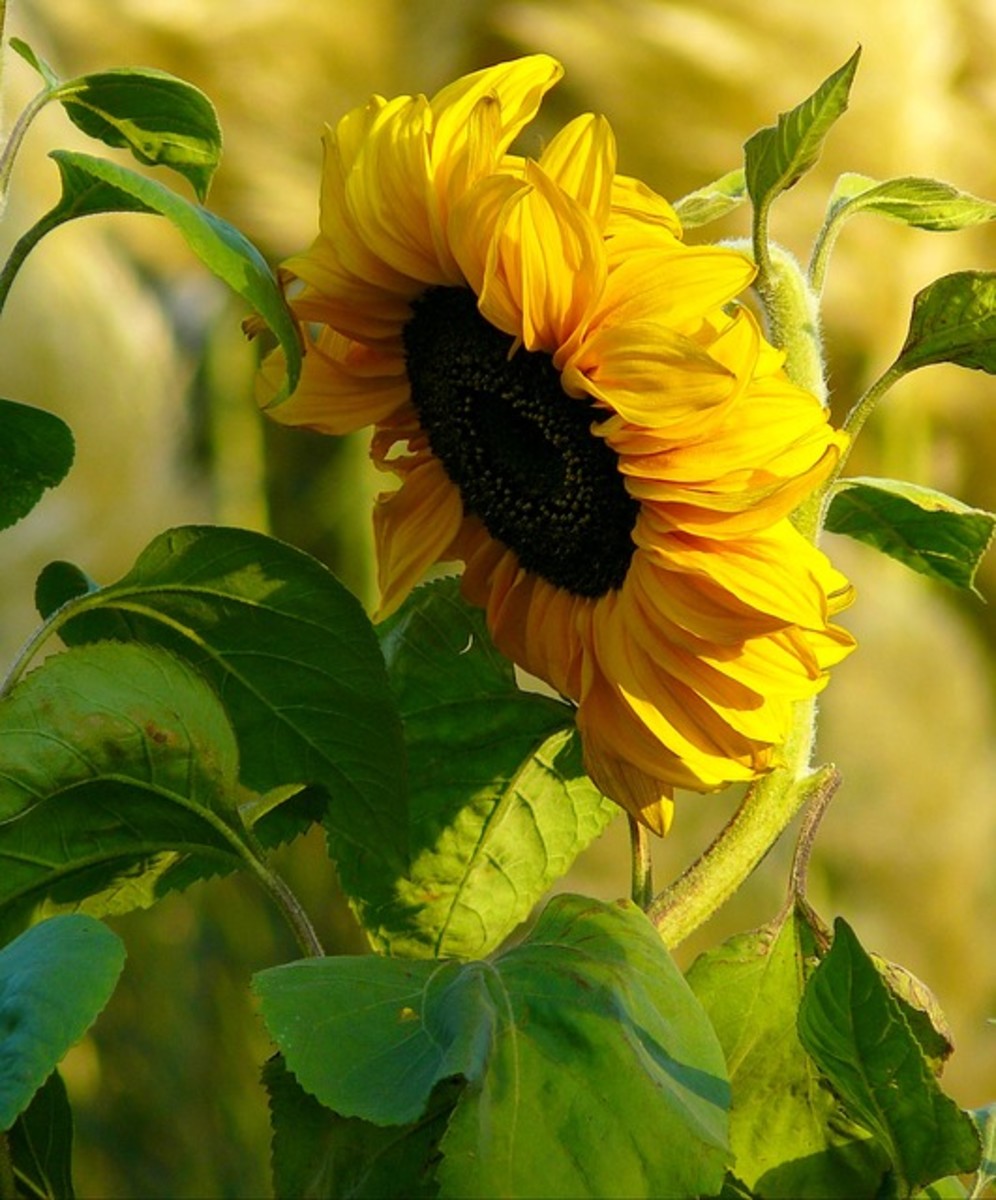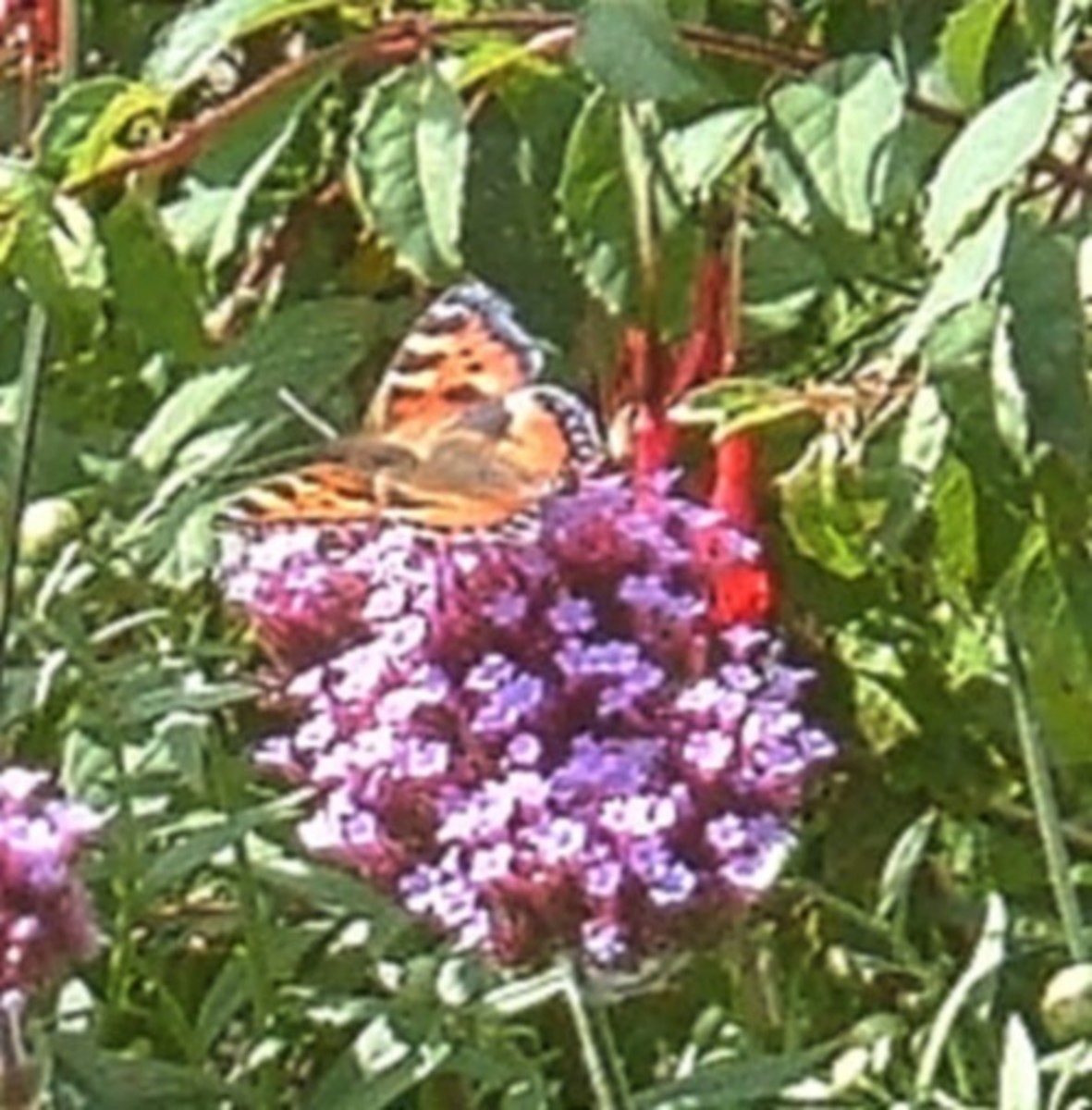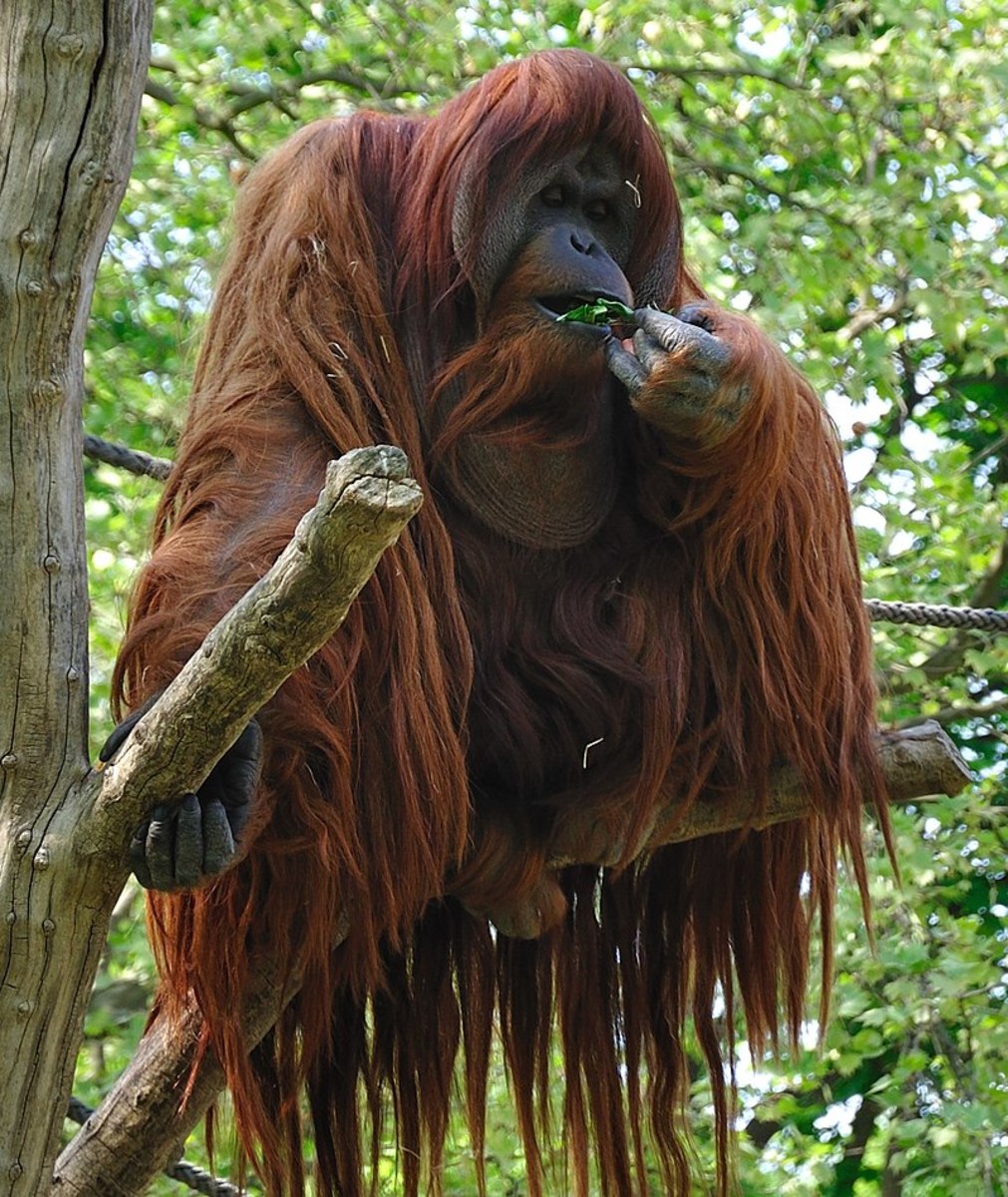Saving The Historic Apple - Heirloom Apple Trees
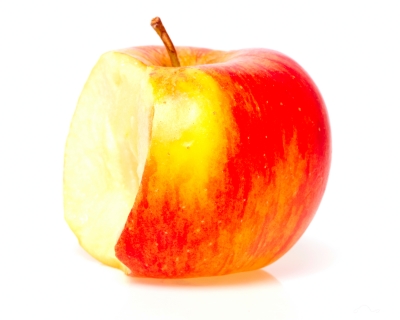
The golden years of apple growing
American horticulturalists and historians often refer to the late 19th century as the "golden years of apple growing," when scores of apple and other fruit trees were planted in farmstead and kitchen orchards. Science Daily, 2009
The "golden years of apple" growing have come and gone. The apple is dwindling and it may not be apparent to most of the population. Sure, there are still plenty of apples to be purchased in your local grocery store, but the huge genetic diversity and varieties once grown across the U.S. are essentially gone.
What happened?
Families farms disappeared, giving way to shopping malls and urban sprawl. Big companies jumped on board and sought to find and breed only the best looking apples that could withstand specific weather conditions and insects.
With these changes, a loss in the apple's genetic diversity happened. Selective breeding for only certain ideal traits meant that other genetic novelties and apple tastes were bred out.
The fight to save the apple
According to Seed Savers Exchange, approximately 8,000 varieties of apples existed in the U.S. around the early 1900s. Flash forward to over 100 years later and we find that a majority of those varieties are already extinct and many that remain are dying out.
According to American Society for Horticultural Science, via The Science Daily, now only "11 apple varieties account for more than 90% of the apples sold in the United States, with 'Red Delicious' making up 41% of this figure".
In an attempt save the apple and the incredible genetic diversity wrapped up in it's history, the Seed Savers Exchange has obtained all of the pre-1900 varieties that have been known to still exist in government collections and large private collections - about 700 of the 8,000.
To save these apple varieties, The Seed Savers Exchange has created what they call the "Historic Orchard" in Iowa. Not only does it contain many of these hundred pre-1900 apple varieties, but it also contains many historic grape varieties, including a collection from the famed grape breeder, Elmer Swenson.
What makes the older varieties so special?
It's the genetic diversity that makes them special. Through industrialization, we are literally killing off varieties within a species left and right.
The smaller the genetic pool becomes within any species, the greater the risk of losing that species to unforeseen circumstances.
With global climates being unpredictable and our food sources easily suspectible to insects, a large genetic diversity within a species is needed.
These rare, older varieties contain a wide range of nutrients and flavors that we are losing out on.
The apple's history
One of the best reviews of the apple's history that I've come across is in Michael Pollen's "Botany of Desire".
In his book, he dives into the history of 4 plants that have evolved with humans over the last several hundred year. And he explores the risks of losing biodiversity - the apple is one example he follows.
Historic apple varieties, as Pollen points out, came all shapes, sizes, colors, and flavors.
Can you imagine a purple colored apple with a black bloom!?! (the Black Amish and Black Oxford varieties, 200 years old)
Can you imagine an apple that has been described as tasting like "pear flavored vanilla ice cream"!?! ( Saint Edmund's Pippin variety, 1875)
The apples of the "Johnny Appleseed" era would barely be recognized today. But it's exciting to see that efforts are being made to preserve our heritage and the diversity that time period represented!
Orchards and Sources of Heirloom Apple Trees
- Heirloom Apple Tree
- Fedco Seeds
- Trees of Antiquity (certified organic)
- Big Horse Creek Farm
- Orange Pippin (UK)


